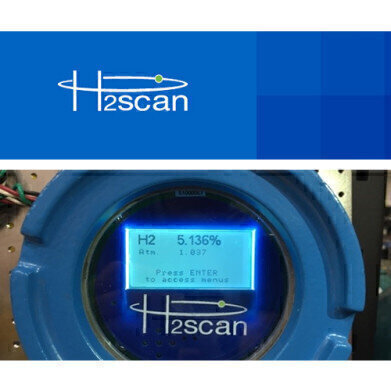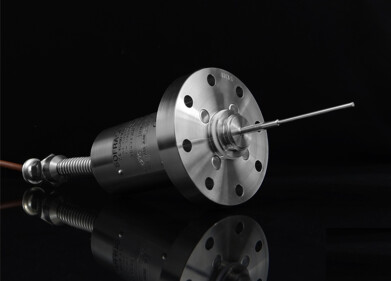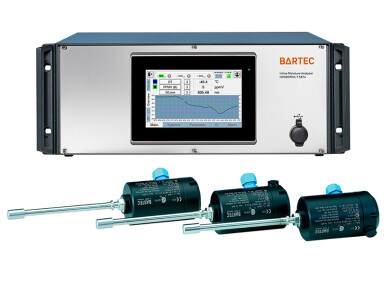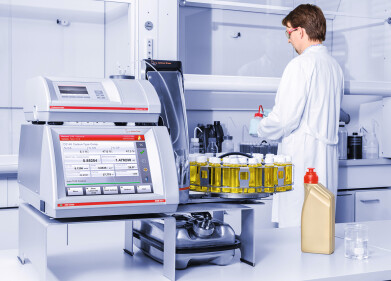Measurement and Testing
Real-time hydrogen monitoring in oil refineries can save $2 million annually
Aug 15 2017
Measuring hydrogen with H2scan inline analyzers throughout the oil refining process helps:
- Provide meaningful real-time information
- Improve overall hydrogen usage to reduce costs
- Eliminate errors from slow or indirect analyzers
- Ensure process optimization
In a typical refinery, there can be anywhere from 12 to 20 locations where hydrogen measurements are critical. Knowing the exact amount of hydrogen at the points throughout the plant provides a key indication of parameters that are crucial for optimizing profitability:
- Process efficiency
- Catalyst health
- Available net and recycle hydrogen (or the need for makeup hydrogen)
- Product quality
- Recycle purity
- Flare BTU monitoring
Having this information available in real-time allows plant operators to make continuous adjustments that optimize hydrogen usage. For example, just maintaining the correct hydrogen to hydrocarbon ratio in certain processes can save up to $2 million per year in hydrogen generation and energy costs. Similarly, big cost savings can come from making adjustments in real-time that prevent coking, which can extend catalyst life by up to 6 months. Another area where significant savings can be realized is through better control of recycle streams, potentially eliminating the need to purchase expensive merchant or 3rd party hydrogen.
Historically, hydrogen has been measured either using a thermal conductivity device or gas chromatograph. The shortcomings of these analyzers are well known: they tend to not work well with complex gas streams, may provide unreliable data in certain applications (often requiring a second analyzer to verify the results), or are expensive and difficult to use correctly. The delayed response time, complexity and maintenance requirements, and cost (both upfront and ongoing) can make the gas chromatograph an unappealing option.
Using an H2scan inline process monitor combines the value and measurement speed of a TCD with the accuracy of a GC. By having the hydrogen measurement available in real-time, processes throughout the entire refinery can be tightly controlled for process optimization to maximize profitability.
Digital Edition
PIN 25.1 Feb/March
March 2024
In This Edition Safety - The technology behind the ION Science Tiger XT - Safety with ammonia and LOHCs as hydrogen carriers Analytical Instrumentation - Discussion on new tribology te...
View all digital editions
Events
Apr 28 2024 Montreal, Quebec, Canada
Apr 30 2024 Birmingham, UK
May 03 2024 Seoul, South Korea
May 05 2024 Seville, Spain
May 06 2024 Riyadh, Saudi Arabia


















